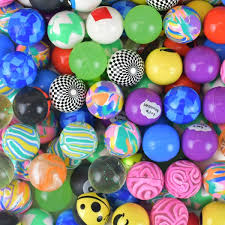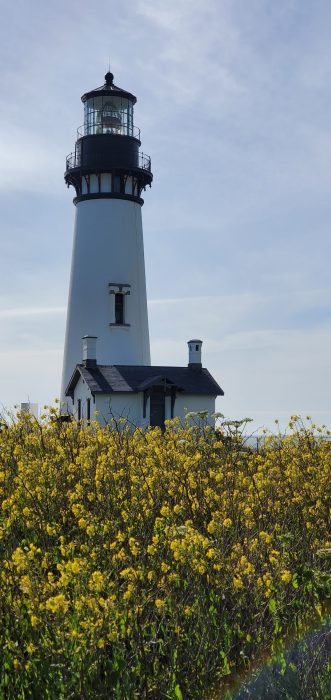
(A Guest Blog post by Angel Larson)
Every year around this time I have a recurring dream. Students stand on desks, yelling, laughing, mocking me. I run frantically through the room trying every classroom management tactic I learned in my college prep course: turning the lights off, talking to the wall (really, who thought of this one!). Finally, I resort to yelling. Still mayhem. I wake up in dread with the irrational fear that I won’t be able to “control” this year’s class. Even after over 20 years of teaching, the dream welcomes me into the new school year.
We all know why this dream haunts me: There is no controlling students. Control is a false narrative. The only real power we have is the power to nurture. It is what we choose to nurture that grows.
Here’s what I used to try:
Sarcasm.
We are told from the moment we step into the classroom: sarcasm is the worst way to respond to student behavior. They aren’t wrong. But HOLY COW it is hard! My favorite gem I used with glee: simply state the student’s name. Inevitably, the student responds, “What? I am not doing anything.” My glib retort, “That would be the problem.” The crowd, “oooohhhh!” Shame sometimes works, too.
Gather allies.
Run across the hall to my nearest and dearest colleague to describe in detail the interaction, “OMG! You wouldn’t believe what just happened! That little booger had me, and then I…”
My ever faithful colleagues justified my reaction, validated my need to be seen as the best teacher, the most effective classroom manager. (The Arbor Institute discusses this need in detail in The Anatomy of Peace. If you have not read it, pick it up tomorrow!) The problem is, if I am running across the hall, I know in my heart, I failed the student. I failed myself. In the act of creating a story, I shut a student down.
When we nurture with negative energy, it is like wildfire. It catches in the wind and suffocates everyone in its path. It took me several years to understand the magic was not in how controlled the classroom was, but in how the flame of inspiration was kindled. I finally learned to let go.
Nurture Trouble.
Nurturing trouble is magic. Let trouble revel in its brilliance. Whether we admit it or not, trouble IS brilliance. The question is, how do we nurture trouble so it inspires productive ingenuity in the classroom?
Gather the trouble.
Grouping trouble enhances brain power, which might at first seem ironic. However, when there are only four corners in a room and seven sources of trouble, we have to find a new plan. Nurture the possibilities and authentically create groups where trouble fosters brilliance–magic will happen. This is an art. It is not something that can simply be grouped and left in the corner to smolder and start a dumpster fire. Inspiration must be kindled.
“You’all are powerful when you work together!”
“If you put all of your ideas on the table, then weed through…there is brilliance there!”
“I wonder what would happen if… ?”
“There is potential for greatness here!”
“You all have the power to…”
Let go.
We put on the best circus act when we try to avoid trouble: talk faster, talk slower, take things away, move students, spin plates while juggling monkeys. I was the ringmaster of circus monkeys! (Maybe this is why my dream is so vivid–and visits me yearly!) I had to figure out how to control the monkeys without letting them know I was the one in control. I realized in order to maintain control, I had to let go of the reins. I flipped the learning so I was navigating the many demands needed for the 26 teachers in the room. I will admit, I am not afraid of chaos or change, so I was ok with 26 teachers. However, true power arrived when I turned learning over to my students.
I was taught that teaching is an art.
I have learned it is more of a science.
I had to be willing to run experiments to find the best ways for my students to own their learning–turn their desire to “make trouble” into a desire to design, create, imagine, research, write, explore, and most importantly share their brilliance with their peers.
I learned to:
Inspire questioning.
Feed them strategies to find their own resources.
Feed them more resources.
Question again.
Read.
Write.
Create.
Find authentic audiences.
See trouble as brilliance.
Share the stage.
As you embark on a new year, I challenge you to embrace and nurture trouble.


